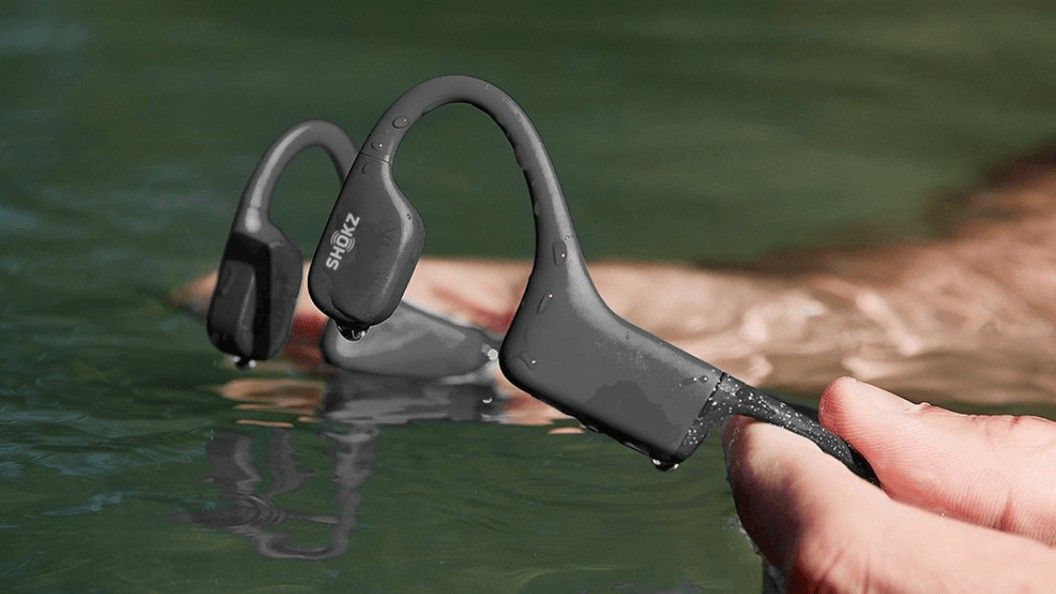How do bone conduction headphones work?
Quick Answer: Bone conduction headphones rest on the cheekbones and have transducers that vibrate sound waves through the cheekbones into the inner ear.
As unique as they are niche, bone conduction headphones may seem like gimmicks for the uninitiated, especially considering they rarely sound as good as the best true wireless earbuds on the market. But, they have their particular uses; every model among the best bone conduction headphones are designed to solve a particular problem, whether it's for runners, swimmers, or triathletes. You'll even find models to make life in the office easier.
ANDROIDPOLICE VIDEO OF THE DAY SCROLL TO CONTINUE WITH CONTENT
Regardless, using bone conduction headphones is an experience that takes some getting used to. After all, they take a completely different approach to getting that music from an MP3 file or Spotify to your brain's auditory cortex.
So, how do bone conduction headphones work?
Most earbuds and headphones use drivers to create sound waves. Those sound waves travel down the ear canal until they hit and vibrate the eardrum and then make their way through the inner ear and into the brain.
However, bone conduction headphones use transducers that rest on the cheekbones right in front of the ear — leaving the outer ear completely exposed and untouched — and physically vibrate the cheekbone. What this does is completely circumvent (find a way around) the ear canal and eardrum, and sound waves travel from the cheekbone to the skull and then to the inner ear, specifically the cochlea, and on into the brain.
What are the disadvantages and advantages?
Because bone conduction headphones physically vibrate your bones, using them can be off-putting the first time. And, while you're much less likely to suffer any kind of hearing damage when turning them up, they can create a somewhat unsettling, almost motion-sickness type experience when turned too loud. Add to that, traditional earbuds and headphones still generally sound better.
So, if using bone conduction headphones can create such an uneasy listening experience, why use them? Just like other headphones, you'll be fine if you mind the volume. And these headphones make life easier for those with hearing loss. That's particularly true if the damage exists somewhere before the cochlea. Bone conduction hearing aids are a thing, after all.
What should you use them for?
If you've looked at any bone conduction headphones, you've probably noticed that most have a purpose beyond offsetting hearing loss. Most models are advertised for sports where bone conduction headphones offer an advantage over more traditional earbuds. For example, their incredibly lightweight and open-ear design makes their use for long-distance running fairly ideal because you don't have to worry about sweaty ears when hitting that hour mark on the trail or having an earbud pop out.
Having bone conduction headphones on your head feels more like wearing sunglasses around the back of the head. The cherry on top is that, since they don't touch your outer ear, you can have complete awareness of your surroundings, almost as if you weren't even wearing headphones.
Swimmers will also appreciate bone conduction headphones. While you'll have to use them in conjunction with earplugs for the best results underwater, the fact that they go directly to the inner ear means that the water won't get in the way of you listening to music. And tri-athletes who need something that can handle swimming, running, and biking with equal competence only have something like the H2O Audio Tri Multi-Sport bone conduction headphones to keep up. Traditional earbuds can't keep up here.
Source: Android Police


